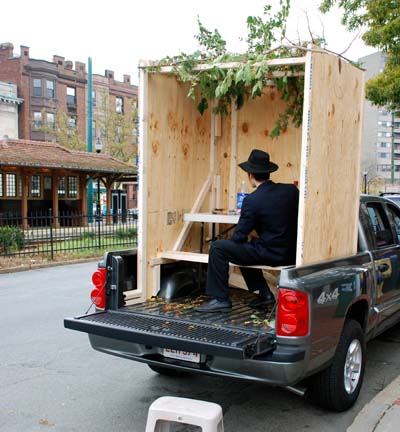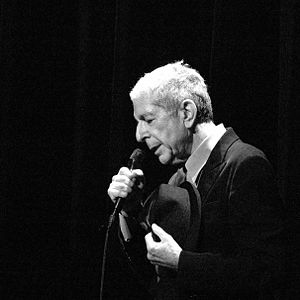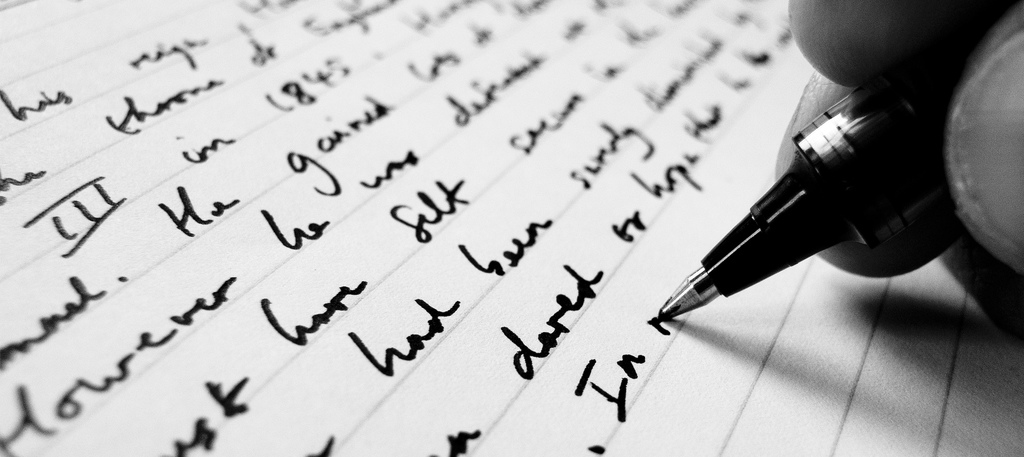In honor of BYFI
Faculty, 1987 to 2012, who have served
as Tzaddikkim to so many Bronfmanim
I
shared these words at the Bronfman Fellowships’ 25th anniversary celebration in
NYC last week,
where over 300 members of the community came together to celebrate a generation
of Bronfmanim. It was an extremely moving, funny and inspiring evening – thank
you to everyone who made an effort to join us, and those who where there from
afar. While touching upon the broader theme of journeys, these words are very
fitting to Parashat Lech Lecha, the parasha of that first journey from which
all of our personal journeys flow…
 |
| Video of Mishael speaking at the 25th Anniversary Saturday night performance (more videos to be uploaded soon!) |
In
a loose response, I offer this short text in which Reb Nachman asks “Why do
we go on journeys?” In his language, the journey has a destination: the
tzaddik, the rebbe, the teacher. In order to answer this, Reb Nachman uses
two old friends: a text about a baby and a text about an object.. In classic
Jewish style, he takes these texts far beyond their original intent.
The
first text tells of how when we were in our mother’s womb, we knew all of the
Torah. A moment before we were born, however, an angel comes and smacks us on
the face (in some modern versions it’s a
gentle kiss, but in the Talmud he smacks…). We immediately forget everything,
left with only a groove below our nose. And at that very moment we are born…
The
second text is the first mitzvah schoolchildren study in the heder: the
mitzvah of השבת אבדה – the obligation to return a lost object. It is the
foundational Jewish statement of responsibility: “What’s this? It’s not
mine! Why should I pick it up? I didn’t lose it! It isn’t my fault I happened
to find this! You’re telling me I need to find the owner of this object and
return it to him?!”
So why do we go on journeys? Let’s hear Reb
Nachman’s explanation:
Know, that one must travel to the tzaddik
to seek that which one has
lost.
For before one is born into
the world, they are taught and shown
everything they need to
create and labor and achieve in this world.
And once out in this world –
it is all forgotten from them, as our Rabbis teach (Talmud Nidah 30:2).
And this forgetting is like losing
an object,
as our Rabbis called the one who
forgets "someone who has lost",
as they say (Pirkei Avot 5): "Quick to hear – quick to lose".
And one must return and pursue
their lost object.
And the lost object is with
the tzaddik,
for a tzaddik searches
for his/her own lost object
until she finds it,
and once she’s found it, she pursues
and searches for other people’s losses,
until she also finds their
losses,
until she finds the lost objects
of the entire world.
Therefore one must journey to
the Tzaddik –
to seek and recognize one's
loss, and to find it there again.
But the tzaddik does not
return the lost object to the person
until she searches them that
they are not a liar or a charlatan
as the Talmud interpreted the
verse: "Until your brother searches for it – and return it to him (Deut. 22:2) – Until you search your brother that he is not
cheating" (Talmud
Bava Metzia 27:2).
Reb Nachman is an
existentialist: the human condition is one of being lost. Being born is to have
forgotten. But he is also a romantic: there is a purpose to our birth,
something we each were born to create and labor and achieve in this world. We
just seem to have misplaced it somewhere. The entire world is on a journey,
seeking for their missing object – even if they forgot that that’s what they are
doing.
This
might seem quite depressing, a world of lost people. But the only thing sadder
than having lost is not to know that there is something we’ve forgotten, to
stop looking for it. I know for myself, at times I tire of the search and take
a break, wondering if I’m settling for less. With the passing of time I become
cynical of the whole endeavor.
And
then, I encounter a Tzaddik: those people who make me yearn for
something beyond, who connect me to something greater that I seem to have
forgotten. Some of my best tzadikkim are not people at all, but places
and books, texts and rituals, communities or times of year. I know of people who
have found it in a sharp question from a friend late at night, or in a
pine-nut, or a niggun.
For
me – and Reb Nachman might have actually meant this as well – the true tzaddik
doesn’t find the object for me. It is not about authority, it is about relationship.
The tzaddik points in the right direction, asks the right question, and
creates the space (or the community) in which we can find our object again on
our own.
There
is one condition however: You have to be real. “The tzaddik does not
return the lost object to the person - until she searches them that they are
not a charlatan”. You have to be looking for your lost object – not
somebody else’s. This is perhaps the hardest part of it all: we have to bring
ourselves, earnestly and honestly. It is about a modesty, an authenticity, an
integrity. It is only then that our journey can truly be our own.
This
text is at its best when it turns this journey from a self-centered trajectory
into an act of giving. For once you’ve found your own object (or one of them,
at least), immediately you have a responsibility. You’ve found your object?
Looks like you’ve got a real knack for this! Great, now help others find
theirs. Some might call this leadership.
This
is the endeavor of our community, of being a Bronfman Fellow. Having gone on
journeys ourselves, we have some skill at helping others with their lost
objects. Wherever we go, we create communities in which such questions can be
asked, where ideas matter and different perspectives can be heard; where people
are reminded of what they’ve lost, and serve as teachers to eachother along the
path. Our journeys take place on different planes, in separate languages, with
different norms. For some it is an intellectual journey, for others a spiritual
one. But for all of us there is a commitment to create spaces where such
journeys can take place, for ourselves and for others.
Even
though it has been a while since that journey started at 17, we come together
from time to time, in our inboxes and in person, in joint projects or shared
arguments, to that place which reminds us of our missing objects and of that which
we were created to “toil, work and achieve in this world”. Travellers in
diverse paths, we share the same love for the journey, and for the ongoing
search for that which we have lost.







